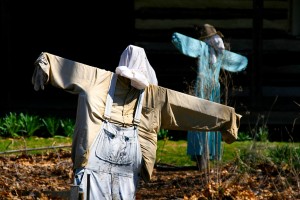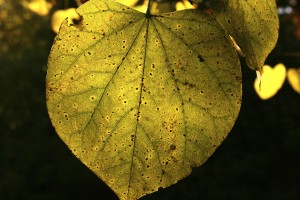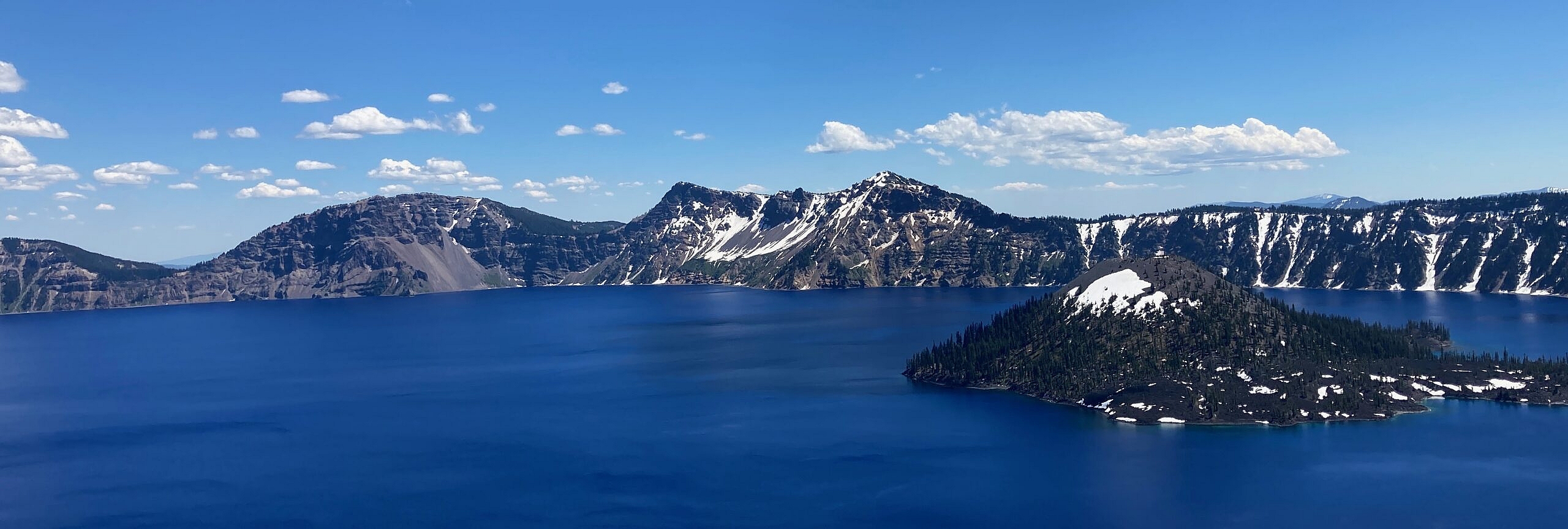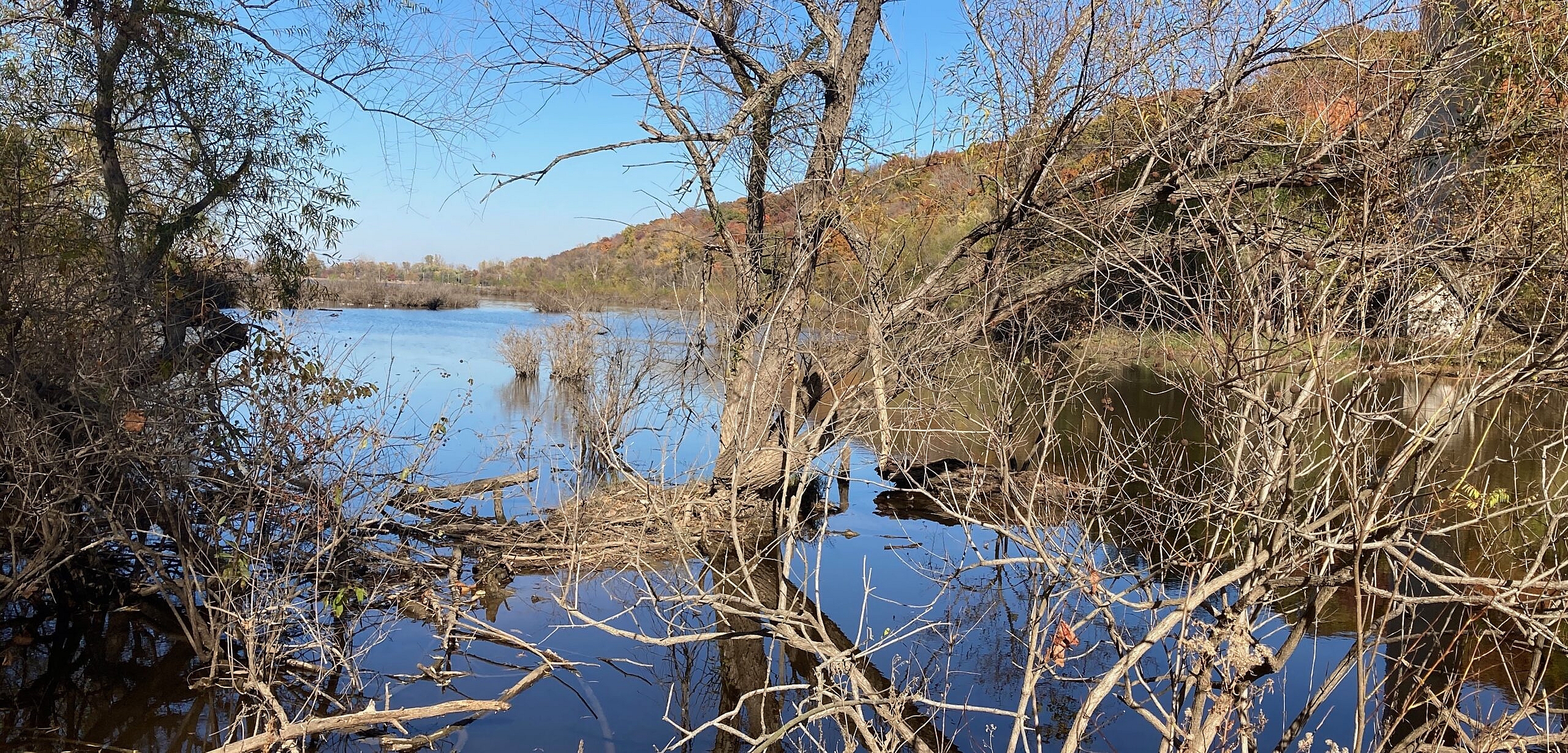
I’m up early this Sunday morning, searching the quiet of the new day for a spark of inspiration; not only inspiration for writing this — although that’s part of it — but inspiration for the day, the week, the moments that lie ahead. Inspiration to not just get through these times but to actually live through and with them, to embrace the gift of the ordinary that fills our lives and do something productive and creative with what I see and experience.
And isn’t that often how creativity and innovation occurs? I hear birdsong outside my door and think of flutes and the trills of a violin. I hear the natural rhythm of the birds and the crickets and the frogs and I sense not just noise but the percussion of the world around me. Noise becomes music, as it has for so many composers and musicians throughout the ages. From great classical composers to jazz innovators to those who carry forward the folk traditions of aboriginal and old-world music as it reflects the beauty and intricacy of the world around them, the ordinary becomes extraordinary when we put our hands and our minds to work. Do we hear birdsong in the flute or the flute in the birdsong?
The green of the leaves on the trees out my back door is radiant with the early sun’s glancing blows and the lingering wetness of last night’s rain, and although trees don’t move from their rooted stations they move before our eyes, of course, whether slow and subtle in a gentle breeze or ecstatic and tortured in a storm. Ordinary? Of course, but don’t tell that to Monet and so many other artists who made the trees and gardens and their movement come alive for us.
“The world is charged with the grandeur of God,” as Hopkins wrote, but within the ordinary grandeur of our lives are the seeds of our own human innovation and art. Flowers are flowers, spores are spores, but they also contain multitudes — healing medicines and hope for cures when creative scientific minds look beyond the ordinary in search of extraordinary ways to improve our lives. Someone saw a bird fly and began to wonder how we could fly ourselves. And we eventually did.

Our DNA hasn’t changed all that much in thousands of years, but we know now how to look closely enough to notice the changes that bring about disease, so we can begin to bring about healing. A miracle? Perhaps, but only in the sense that we have learned to capture the ordinary to bring about the extraordinary. Perhaps that’s what the writer of Genesis had in mind when he said that God gave man dominion over the earth. We have far too often used that Biblical narrative as an excuse to do whatever we wanted to the earth around us — often to the detriment of the world we are called to protect and nurture — when, perhaps, we should have just been paying closer attention.
And, indeed, many have been doing this for a long time. The history of our art, our music, our science and engineering breakthroughs more often than not springs from our ability to pay attention to the world around us. The ordinary world, from its molecules and atoms to the grandest of canyons and the vastness of oceans, continues to inspire and motivate change, innovation and art.
So what is our response? How do we fit in? What contribution do we have to make? Don’t be confused or disheartened by my examples. We all don’t have the training and the wherewithal to find a cure for cancer, to paint a masterpiece worthy of Monet, to compose music that will reflect the beauty of the world back to its Maker. Or maybe we do.
We all have the ability to transform the ordinary in extraordinary ways. We plant and fertilize and nurture and a garden is born, a gift to those who see it even at a glance or taste its fruits. We write a poem or a letter to a friend who needs to hear that they are remembered and extraordinary. We sketch, we draw, we doodle. We make up stories and games to keep our children amused. We hum an old hymn in the ear of an elderly friend and we cradle a newborn and calm her tears with a whispered lullaby. We solve a business or societal problem by emulating how nature takes care of itself. We pay attention. We get off our duffs and act. We believe we have something to contribute.
Last week, one of my reflections appeared in the Living Faith daily devotional, and I ended it with this:
Einstein said, “There are only two ways to live your life. One is as though nothing is a miracle. The other is as though everything is a miracle.” We can see each sunrise, each newborn child, each encounter with beauty and chalk them all up to chance, or we can stand back in wonder at these daily miracles and choose to see the hand of God. The first option is a yawn; the second is a gasp. You choose.”
Ask yourself in silence: What one thing can you do today to pay attention and act, to respond to your call as creator and reflector of the divine, creative spark?
Challenge: Write and tell me what you did!




5 comments On The Creative Spirit: Finding the Extraordinary in the Ordinary
As you know Steve, I have two left hands so the chance of me doing anything creative is very remote although I do try. All I can do is write – does that count? If so please have a look at my blog. How’s that for blatant advertising? But then they are God’s words and not mine so perhaps that’s ok.
You opened the door for me two years ago Steve, enablng my voice (yes, Peter! I agree fully! God’s words!) to be heard, and I am forever grateful. And as I journey through the desert right now, still the joy within me witnessing all God’s handiwork and blessings, fills me with patient gratitude. Showers will fall on the desert in His time, and once again it will be filled with new life! Meanwhile, making time for prayer and contemplation in all the busy-ness, and keeping my heart open to His call, keep me searching quietly for direction. You’ve got me thinking though, perhaps I need to try harder still. God bless you my friend. And, Happy Burthday to Noah.
Hi Steve,
It’s been some wait for another reflection from you. I browse through my mail daily and today I say “Aaah…..finally’
A beautiful write-up Steve and as usual, much food for thought.
Indeed it is in our hands to see life as a ‘yawn’ or as a ‘gasp!
Warmest regards’
Lily’
Steve, thank you for your reflective and life enriching thoughts. As I reach my 61st birthday, I find myself in a life I had longed for but never expected, a commercial grower of fruits. But, unfortunately, as I transitioned into this new kind of living, I could not avoid dragging my old me along with all it’s mental difficulties. Or, perhaps this was God’s intention. I have realized so clearly how my thoughts will prefer to travel along mentally distressing byways throughout each day, darkening my sight, depressing my spirit, sapping my joy. Your post renewed my determination to break those old mental habits. I have practiced prayer when I work outdoors with our plants and growing things but the best practice by far seems to be a focus on exactly what is at hand, seeing the beauty even in the weed that needs pulled as well as in the plump blueberry that needs picked. To breathe deeply of the perfume of the soil and the newly cut clover. And I think “Jesus is here” and my task is a task of love for Him and there is peace and joy. Best of all, there is a further chipping away of the old me, the me I was never meant to be, and a growing of the real me, the one that the One created me to be.
Pingback: The Creative Spirit: Cultivating the Earth and Ourselves – Faith, Spirituality and the Creative Life ()